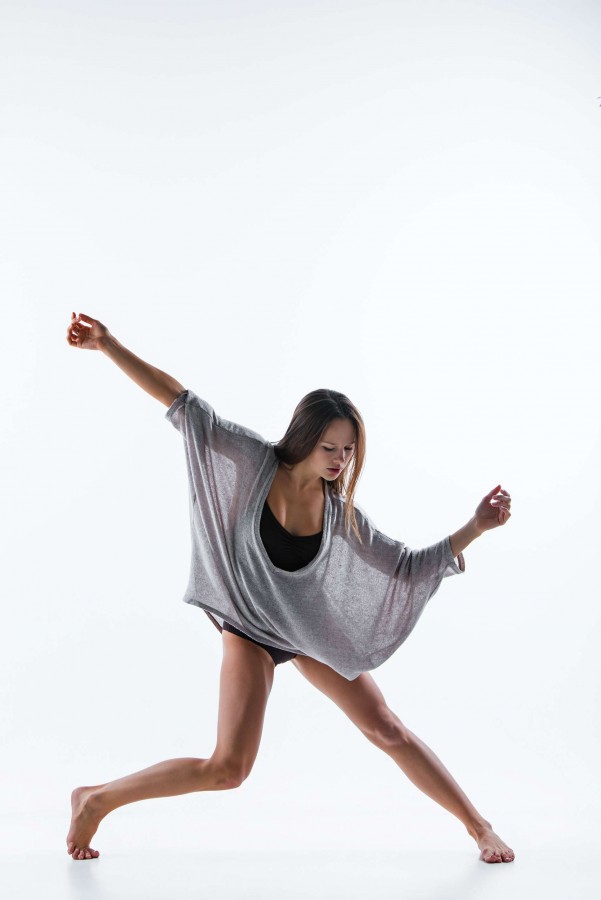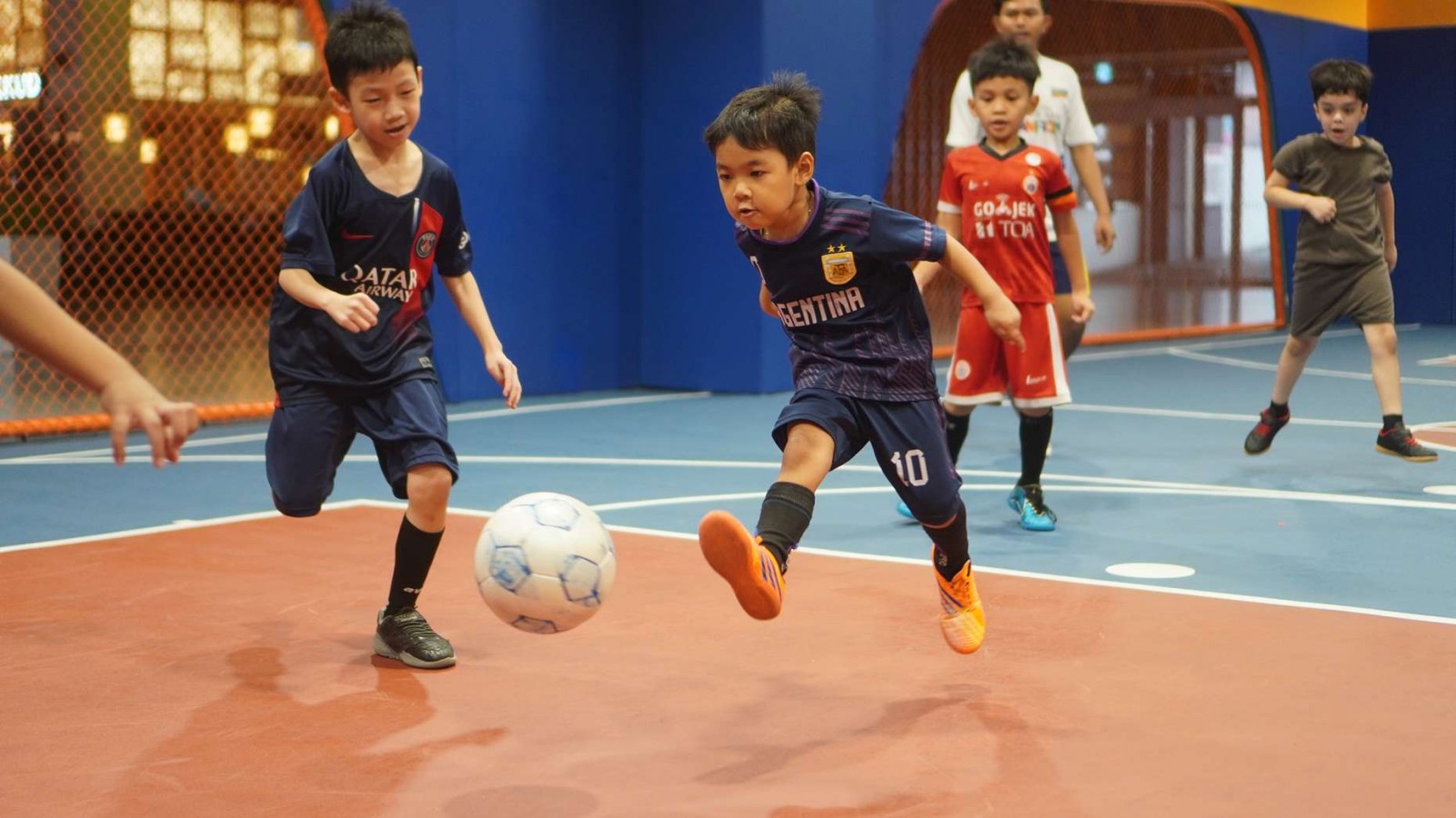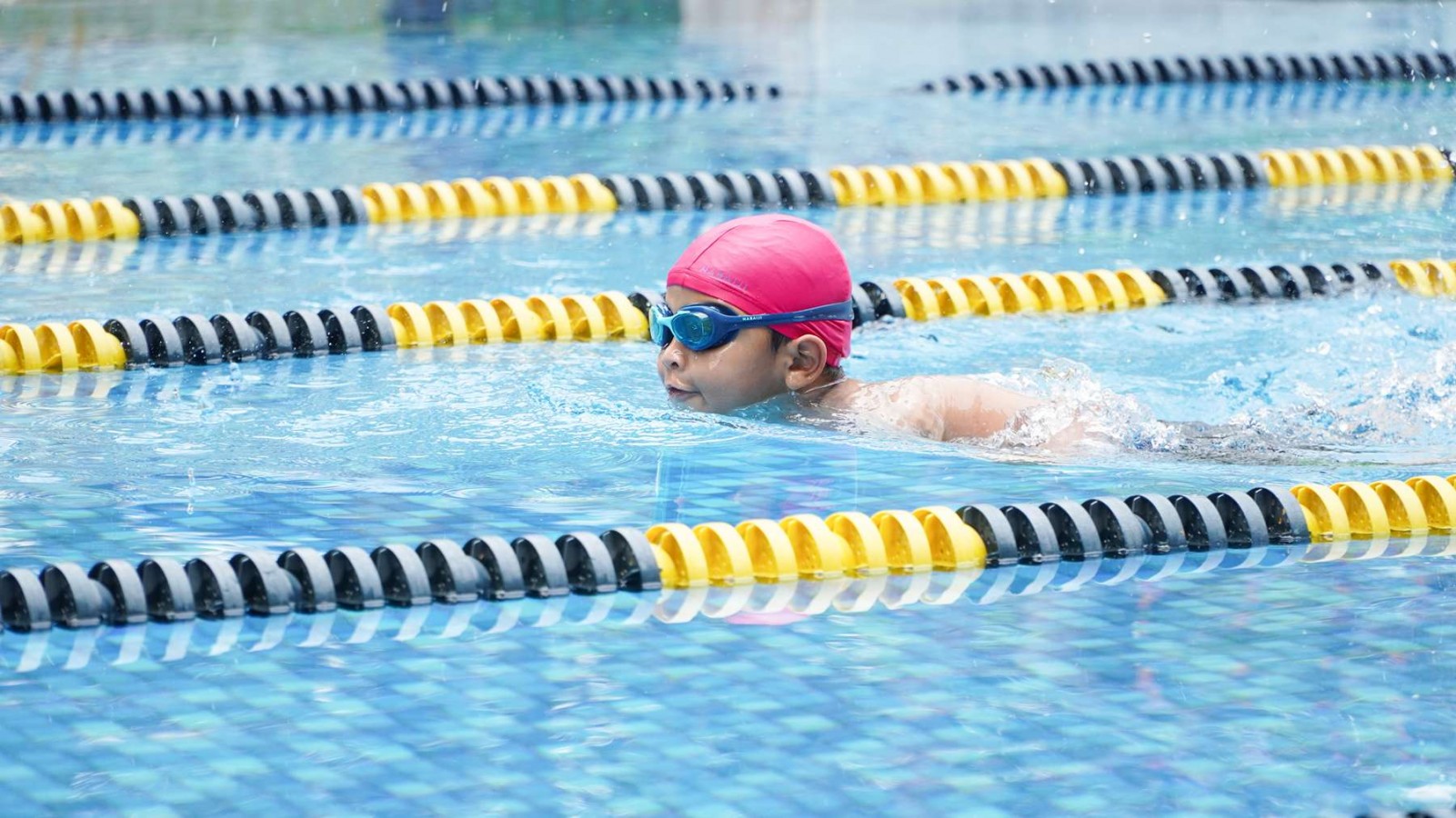Modern Dance: Definition, History, and More

Modern dance has evolved significantly since its inception in the late 19th and early 20th centuries. With its roots in rebellion against the rigid structures of ballet, modern dance has flourished into a diverse and dynamic art form that continues to inspire and challenge both dancers and audiences alike.
In this comprehensive guide, we delve into the definition, history, contemporary forms, notable moves, and opportunities for children to engage with modern dance.
What is Modern Dance?
Modern dance is a genre of dance that emerged as a response to the strict conventions of classical ballet. Unlike ballet, which emphasizes formalized techniques and traditional narratives, modern dance prioritizes freedom of expression, emotion, and individuality.
It seeks to explore new forms of movement and challenge established norms, making it a versatile and experimental art form.
History of Modern Dance
The roots of modern dance can be traced back to the late 19th and early 20th centuries, with pioneers such as Isadora Duncan, Martha Graham, and Doris Humphrey leading the way. These visionaries rejected the restrictive movements of ballet and sought to create dances that were more reflective of human emotions and experiences.
Isadora Duncan embraced natural movement and emotion in her performances, drawing inspiration from nature and Greek mythology. Martha Graham, on the other hand, developed a groundbreaking technique that emphasized contraction and release, exploring themes of struggle, passion, and redemption.
Throughout the 20th century, modern dance continued to evolve, with choreographers like Merce Cunningham, Alvin Ailey, and Twyla Tharp pushing the boundaries of movement and expression. Today, modern dance encompasses a wide range of styles and techniques, from the fluidity of contemporary dance to the athleticism of jazz and hip-hop fusion.
5 Basic Movements from Modern Dance
Modern dance is known for its expressive and dynamic movements that break away from the formal structures of classical ballet. Here are five basic movements from modern dance, along with detailed explanations of each:
A. Contract and Release
The contract and release technique, pioneered by Martha Graham, involves the deliberate contraction and subsequent release of various muscle groups in the body. It focuses on exploring the tension and relaxation within the body to create dynamic and expressive movement sequences.
In a contract and release sequence, a dancer might start by curling their spine inward, engaging the abdominal muscles, and drawing the shoulders towards the center of the body (contract). They then release the contraction by slowly unfurling the spine, extending the arms and legs outward, and surrendering to gravity (release).
B. Fall and Recovery
Fall and recovery is a fundamental concept in modern dance that explores the body's relationship to gravity and momentum. It involves intentionally allowing the body to fall off balance and then regaining control through a series of fluid movements.
A fall and recovery sequence might begin with a sudden drop of the torso towards the floor, followed by a quick shift of weight onto one leg to stabilize the body. The dancer then uses a combination of momentum and muscular control to rise gracefully from the fall, transitioning into the next movement phrase.
C. Lateral Tilt
The lateral tilt is a movement that involves tilting the body to the side while maintaining balance and alignment. It emphasizes the elongation of the spine and the engagement of the core muscles to create a sense of fluidity and extension.
In a lateral tilt, a dancer might begin in a neutral standing position with arms relaxed at the sides. They then initiate the tilt by elongating one side of the body while keeping the opposite side grounded. The movement flows smoothly from the feet through the spine, creating a graceful arc of energy from head to toe.
D. Isolations
Isolations involve moving specific parts of the body independently while maintaining control and coordination. This technique allows dancers to create intricate and dynamic movement patterns by focusing on the isolation of individual muscle groups.
In an isolation sequence, a dancer might focus on isolating the movement of the shoulders, moving them up and down, forward and backward, or in circular motions while keeping the rest of the body stationary. This creates a visually compelling contrast between the isolated movement and the static stability of the rest of the body.
E. Floor Work
Floor work in modern dance involves exploring movement patterns and sequences while on the floor. It allows dancers to connect with the ground, experiment with different levels, and expand their range of expression.
Dancers transition from standing or kneeling positions to the floor, using controlled movements to lower themselves with grace and precision. Once on the floor, they explore various gestures, rolls, crawls, and transitions, utilizing the full length of their bodies to create shapes and pathways.
How Kids Can Learn Modern Dance
Learning modern dance can be a rewarding and enriching experience for children of all ages. Here's how kids can learn modern dance:
1. Enroll in Dance Classes
Many dance studios and schools offer modern dance classes specifically designed for children. These classes provide a structured environment where kids can learn the fundamentals of modern dance technique, explore movement vocabulary, and develop coordination and rhythm.
As an example, if you're considering enrolling in a modern dance class, you might want to explore the contemporary dance program offered by Rockstar Academy. As a member of CSTD (The Commonwealth Society of Teachers of Dancing), Rockstar Academy fully embraces and implements its comprehensive Contemporary Technique syllabus.
The CSTD Contemporary Dance technique emphasizes a holistic approach to movement, incorporating elements of flow, energy, and breath. It requires dancers to pay close attention to technical details while maintaining excellent control, speed, and strength to execute dance movements successfully.
With Rockstar Academy's commitment to excellence and adherence to the CSTD syllabus, students can expect to receive high-quality instruction and guidance as they explore the artistry and athleticism of contemporary dance.
Moreover, students enrolled in Rockstar Academy's contemporary dance programs are presented with a plethora of performance opportunities. These include engagements such as the Activity Elite Championships, RockOlympics, CSTD Contemporary Dance Testing, and Ballet & Contemporary Dance Recitals.
Such events and competitions serve to instill elevated standards of achievement and physical activity among participants. Moreover, they foster discipline, instill good sportsmanship, impart the importance of graceful acceptance of both triumphs and setbacks, and prepare students for the Official CSTD Exams.
These exams offer the chance to attain International Certification in Contemporary Dance, underscoring the academy's dedication to nurturing well-rounded dancers with a global perspective.
2. Choose Age-Appropriate Classes
It's essential to choose modern dance classes that are tailored to your child's age and developmental stage. Younger children may benefit from classes that focus on creative movement, storytelling, and imaginative play, while older children can explore more advanced techniques and choreography.
3. Embrace Creativity and Expression
Modern dance encourages children to express themselves creatively through movement. Encourage your child to experiment with different ways of moving, explore their own unique style, and express emotions and ideas through dance.
4. Practice and Patience
Learning modern dance requires practice, patience, and perseverance. Encourage your child to practice regularly outside of class, whether it's experimenting with movement at home, practicing choreography, or attending additional workshops and intensives.
Ready To Try Modern Dance?
Modern dance continues to captivate audiences around the world with its expressive movement, innovative techniques, and boundless creativity. Whether you're a seasoned dancer or a curious young generation, modern dance offers a rich and rewarding journey of self-discovery and artistic exploration. So, take a leap, embrace the rhythm, and let the body tell its story through the timeless language of modern dance!
FAQs
Is modern dance the same as contemporary dance?
While modern dance and contemporary dance share some similarities, they are distinct art forms with their own techniques and aesthetics. Modern dance refers to the dance form that emerged in the early 20th century, while contemporary dance is a more recent genre that incorporates elements of modern, ballet, jazz, and other styles.
Do you need formal training to learn modern dance?
While formal training can be beneficial, modern dance is accessible to dancers of all levels and backgrounds. Many classes welcome beginners and provide instruction tailored to individual skill levels.
What are some famous modern dance companies?
Some renowned modern dance companies include the Martha Graham Dance Company, Alvin Ailey American Dance Theater, Paul Taylor Dance Company, and Merce Cunningham Dance Company.
Can modern dance be performed to different types of music?
Yes, modern dance is often performed to a wide range of musical genres, including classical, jazz, electronic, and world music. Dancers may choose music that complements the mood and theme of their choreography.



